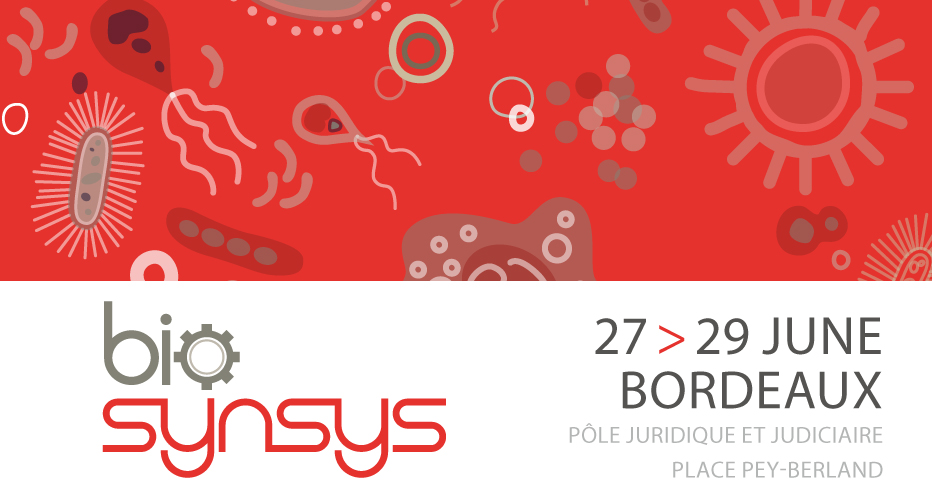Despite their broad uses in Life Sciences, transient expression by plasmid-based expression systems has significant drawbacks. Firstly, the transfer of plasmid DNA from the cytoplasm to the nucleus is a rate-limiting process in non-dividing cells. This limits efficient plasmid-based expression systems to dividing cells, in which this barrier is overcome by temporary disassembly of the nuclear membrane during mitosis. Secondly, plasmid-based expression depends on host cell nuclear RNA polymerase II, a moderately processive enzyme. Thirdly, standard plasmid-based eukaryotic expression exploits the host cell transcriptional machinery and thereby competes with the host cell genome for transgene expression. Together, these challenges are thought to limit the efficacy of expression systems.
To overcome these obstacles we introduce the first generation of the C3P3 expression system (stands for chimeric cytoplasmic capping-prone phage polymerase). This artificial expression system was entirely developed by synthetic biology through a step-by-step engineering strategy. The first generation of the C3P3 system relies on two components: 1°) a single-unit artificial chimeric enzyme that contains both 5'-capping and DNA-dependent RNA synthesis activities, and 2°) DNA templates that are specifically transcribed by the transduced enzyme and provide artificial polyadenylation to the transcripts. Once C3P3 enzyme is present in the cytoplasm, capped and polyadenylated mRNAs are therefore produced in host-cell cytoplasm independently of the host transcription machinery. This versatile expression system can potentially be adapted to any in cellulo or in vivo eukaryotic applications.
The first generation of the C3P3 system was optimized for transient expression in mammalian cells and shows promising results for protein production in Chinese Hamster Ovary cells. C3P3 also displays remarkable properties that make the system highly valuable for human non-viral transient gene therapy.

 PDF version
PDF version
